Princes: types, varieties, planting and care features
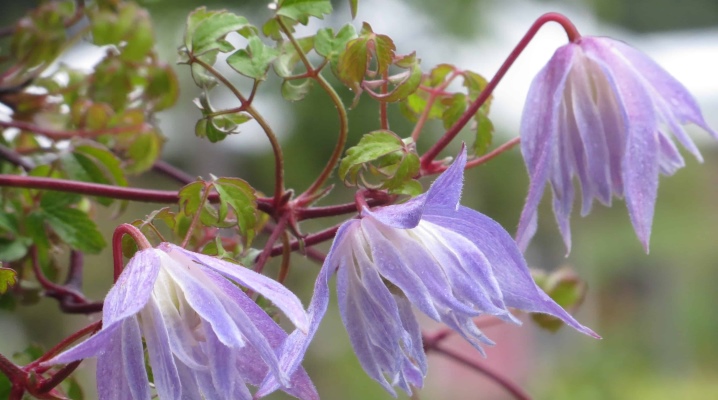
Luxurious princes are incredibly beautiful flowers, they are used to create arches in personal plots. In order to grow vines, you need to familiarize yourself with its varieties. This will make it much easier to choose the right variety for your yard.
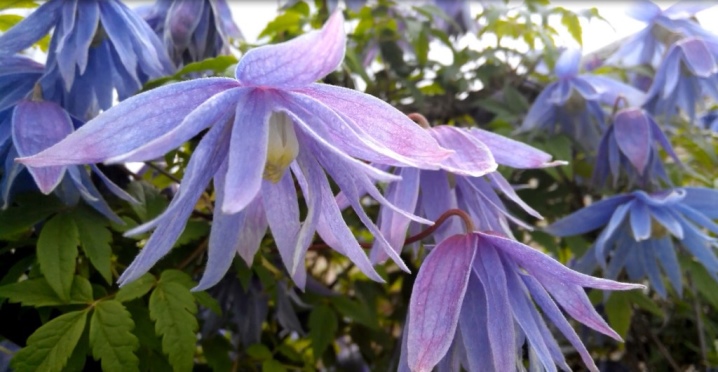
Description
If we consider this plant in more detail, then first of all it is worth saying that princes are considered quite close relatives of such a plant as clematis. They are referred to the Atragene group. They differ from their relatives quite a bit. The first thing that catches your eye is the longer vines, the size of which reaches 4.5 meters.
The princes bloom very early, in early May. However, there are earlier varieties that bloom from April to May. They can be used to decorate areas located in cities with a warm climatic zone.
The flowering of the princes is quite abundant, and if you look from the side, the bush is a blooming carpet of a huge size.
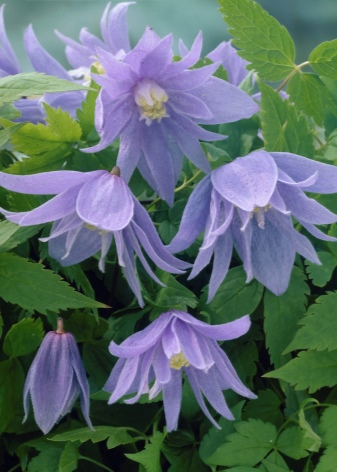
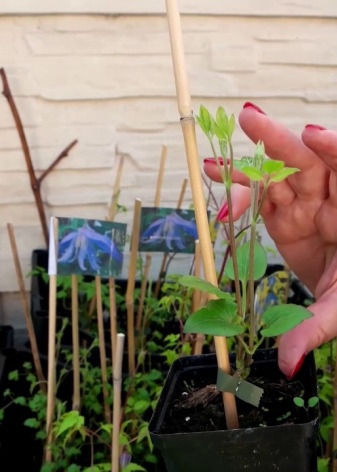
The vines of the plant are quite flexible and covered with carved leaves that stand out in a light green tint. They can be attached to any support with long petioles that twist in any direction.
The prince's flower is an elongated bud up to 9-12 centimeters in size. It looks a bit like a bell. They grow singly. The calyx itself consists of 5-7 sepals... The color can be very different and depends on the type of plant. They can be white, pink, or even blue. Flowering lasts quite a long time - from one to one and a half months. And at the end of August, fruits appear in place of flowers, that is, round boxes containing seeds.
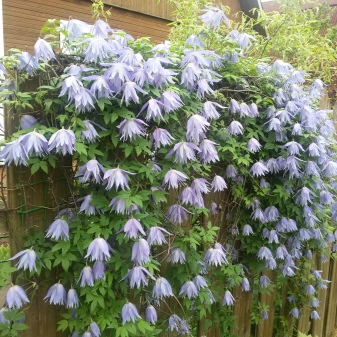
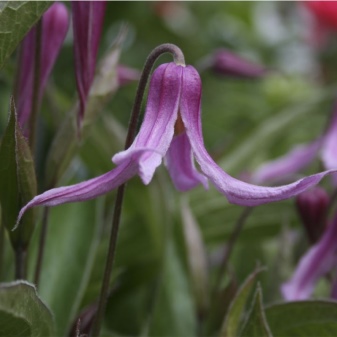
These bushes are used most often to create arches, decorate walls or fences.
Overview of species and varieties
There are a large number of princes, and first you need to familiarize yourself with the most common types.
Views
It is worth considering the popular species that have given birth to many bred varieties.
- Alpine... These plants are native to European countries. Mostly it grows in mountainous areas. Vines can grow up to 3.5 meters. The flowers are quite bright, purple in color. The flower itself has an elongated shape, reaching up to 8 centimeters in size. Flowering can occur 2 times a year. The first time in early June, and the second in early September. It is worth noting that the second bloom is no longer so abundant. In order to rejuvenate the bush, experts recommend using periodic pruning.
- Okhotsk. It belongs to the most frost-resistant species. In its natural environment, it can be seen in the Primorsky Territory. The height does not differ from the previous species, but the shade of flowers, as a rule, is blue. In addition, they are more lush and full-bodied. Flowering begins in early June.
- Siberian... This type of princes is most often found in Siberia. It can grow both on the sunny side and in the shade. The flowering of the Siberian prince begins in the first weeks of July. The green carpet is decorated with single inflorescences, with a white or yellow color, the length of which is at least 5 centimeters. They have a very pleasant smell, which attracts a large number of bees and insects.
- Large-scale. Like the previous type of flowers, the plant grows in Siberia. They differ from other plants in their unusual structure.The outer sepals are larger than those inside. This makes them look more voluminous. Flowering begins in mid-summer. For the winter period, all vines must be removed from the supports and covered with spruce branches.
- Korean. For the first time, flowers were bred in Korea. They are long creeping vines with red-yellow buds. In rare cases, the color may be purple. However, such specimens are rarely grown in gardens.
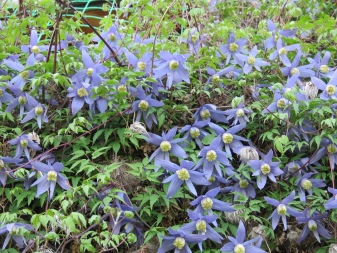

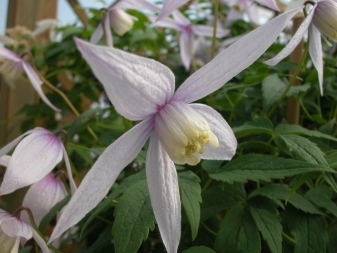

Varieties
Next, you need to consider the most popular varieties that are grown in gardens, and in parks, and in personal plots. The most common are "Albina captivity", "Octopus" and many others.
- Cecile... Refers to frost-hardy and large-flowered types of princes. Flowering begins in early summer. The buds are blue-lilac in color.
- "Pink Flamingo"... Liana grows up to two meters. There are pink flowers on it, the length of which reaches 9 centimeters. It blooms twice. The first bloom begins in late April or early May, the second in late summer.
- "Ballet Skirt"... This variety is distinguished by very delicate flowers with a pink tint. Most often used to create arches.
- "Midewell Hall"... The vines of this plant grow up to three meters in length. On them are flowers of a rich purple hue, the length of which is no more than 5 centimeters. In their natural environment, they grow along rocky shores.
- Francis Rivis... It is a liana up to two meters, with blue flowers, the length of which reaches 9 centimeters. Flowering begins in early May.
- "Stolvik Gold"... This sort of princes is especially beautiful and unusual. It is impossible to take your eyes off its blue buds with very lush centers. The flower can grow up to 6 centimeters in diameter. In addition, golden leaves grow on vines. Flowering can occur twice a year. For the first time - in the spring, and the second time - at the end of summer.
- "Purple Dream"... This variety was bred by the Polish breeder Marchiński. Its vines grow up to three meters. On them you can see beautiful double flowers, the diameter of which reaches 11 centimeters. Their colors are most often purple-cream. Such a plant is resistant to frost.
- "Lemon Dream"... Another variety of the Polish breeder, which amazes with its magnificent appearance. Terry flowers with a lemon shade are quite large, up to 12 centimeters in diameter. When the flowers are just starting to bloom, they have a greenish tint, and during full blooming they become almost white. The flowering of this plant occurs 2 times for the entire time. The first time is in early May, and the second is in the middle of summer. Like the previous type of princes, this variety is not afraid of frost.
- "White Swan"... This plant got its name due to the fact that it has white buds. Flowering most often occurs from the beginning of May and lasts until the end of June. In some cases, flowering can last an entire summer.


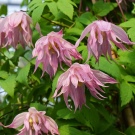

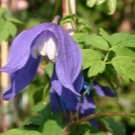
Landing features
You can grow princes in various regions of the country. But anyway there are some rules to follow... For example, the area where they will be planted must be in partial shade.
For people in the south, it is best to grow these plants from the north side.... In addition, it is best if they are protected by either buildings or trees. In the case of landing princes under the sun, not only flowers, but also leaves will become smaller.

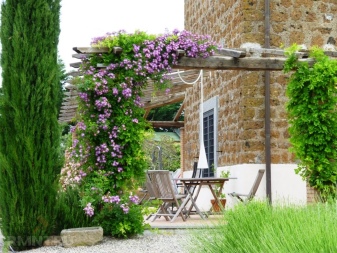
In addition, it is necessary that there are no drafts and strong winds at the place of their landing. Soils should be breathable and absorb moisture quickly. If the soil is too acidic, then it must be mixed with slaked lime. You need to add 100 grams per bush.
A hole must be dug in advance, 10-14 days before planting... At its bottom, it is necessary to lay out broken slate, which will serve as a drainage layer. In addition, fertilizers can be added. So, one bush will require up to 5 kilograms of either humus or compost.And you can also use wood ash, it will be enough 0.5 liters, or buy superphosphate in the store.
After that, the prince's seedling must be cut off by making an incision slightly above 2 buds. Then it can be installed in the middle of the pit. The root collar should be at least 10 centimeters from the top. After that, it is imperative to water the prince.
If more than one bush is planted, then the interval between them should be at least one meter. This can be done both in spring and autumn.

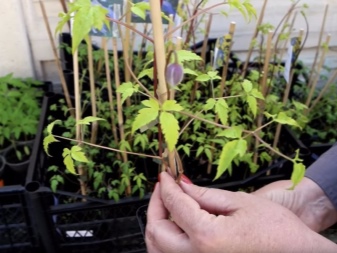
Care rules
You can grow plants in the garden, and on balconies or loggias. For those who do it outdoors, for example, in the Moscow region, watering should be done several times a week. This also applies to the autumn period.
Fertilizers must be applied once every 14 days. And this can be done from the time when shoots appear. You can use both organic and mineral fertilizers. In addition, after planting the plant, it is necessary to put a layer of mulch on top, for example, bark or spruce branches. This will help the moisture not evaporate so quickly, which means the bush will not suffer from drought.


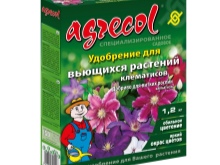
This plant belongs to the first pruning group. Flowering occurs on vines left over from last year. That is, the princes do not prune either in the fall or in the spring. Only broken or dried branches are cut from them.
Reproduction
This plant can be propagated in different ways.
Using seeds
All seeds must be stratified before sowing. This will significantly reduce the timing of their germination. If ordinary seeds can germinate up to 7 months, then treated seeds - up to two months.
They need to be sown in early April. The mixture should be composed of sand and earth. After disembarking, cover the containers with glass and put them in a warm place. They need to be opened and ventilated daily. In addition, water once a day.
When 4 pairs of leaves appear, the emerged seedlings must be dived into the beds. They can be planted in a permanent place after a year.
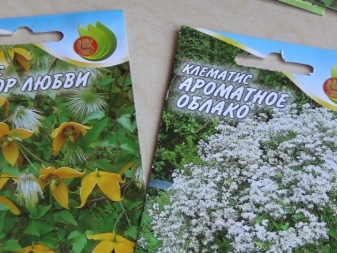
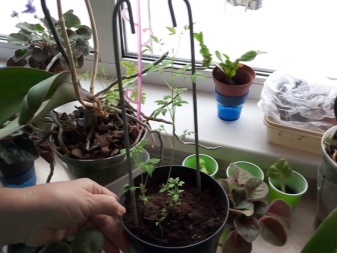
Cuttings
Cutting is best done in the summer - from early June to late July... For this procedure, you will need medium-sized shoots. They must have multiple nodes. After that, all of them must be treated with a growth stimulant, and can be immediately planted in a greenhouse, in slightly moistened sand.
Water them daily... In addition, in the greenhouse it is necessary to maintain the temperature within + 22 ... 23 degrees Celsius. After about a month, the seedlings should take root. After that, they need to be transplanted into special containers in order for them to grow a little. The next year, you can plant them on the street.


By dividing the bush
In this way, already adult plants can be rejuvenated. It is best to carry out this process in April, even before the start of the growing season. Those plants that are more than 5 years old must be carefully dug out so as not to damage the root system.
After that the bush must be divided into several parts so that each of them has several buds, as well as several roots.
All separated parts must be planted in pre-prepared pits using the usual planting system.
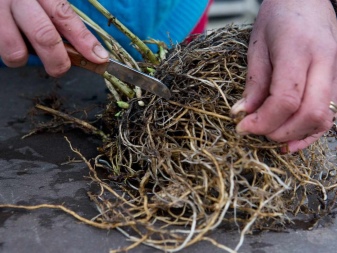
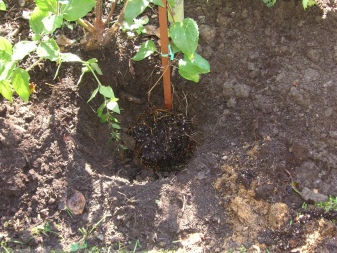
Using layering
This process should be started in early spring. To do this, an elongated hole must be dug near the bush, the depth of which must be at least 10 centimeters. After that, young shoots must be laid in it and covered with earth. Part of the vine must be left outside. Layers need to be watered daily... The roots should appear in a year. Seedlings must be separated from the bush and transplanted to a permanent place of residence.

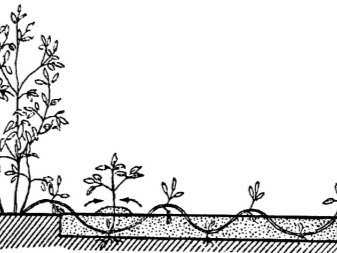
Diseases and pests
Very rarely, such plants are affected by various diseases or pests. But still, they can get sick. To prevent this from happening, it is necessary to carry out preventive treatments with the help of special preparations. It is worth considering the most common diseases that most often affect princes.
- Powdery mildew - This is a loose bloom of white that appears on the leaves. Over time, it goes to the stems, and the plant dies. All infected parts of the plant must be cut off and burned, and the bush must be treated with special preparations.
- Rust manifests itself in the form of brown spots that spread throughout the plant. To combat it, you must use fungicides.
- Brown spot appears as small red spots with black dots. For processing, it is necessary to use a Bordeaux mixture or copper sulfate. If the bush is severely damaged, it must be destroyed.



Among the pests, it is worth noting nematodes, small snails, and mealy worms. To prevent them from appearing on the bushes, it is necessary to treat the plant with drugs such as "Nematocide" or "Carbation". In the event of an attack by snails or slugs, you just need to remove them immediately, and then treat the plants with "Metaldehyde".
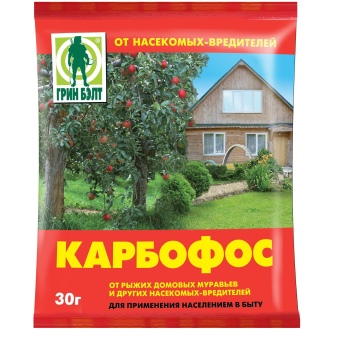

Examples in landscape design
The bushes of the princes are most often planted where there is no way to plant trees. In addition, they are used for vertical gardening or simply as ground cover plants.
For pergola decoration
The princes look very beautiful on pergolas or arches, which are the decoration of the entire garden. They go well with any color. When the flowering ends, the plant still looks beautiful, like a green carpet.
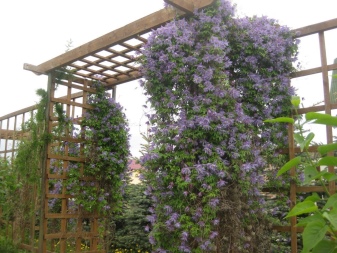
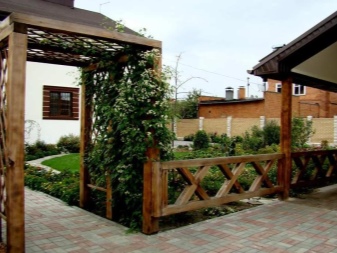
Fence decoration
In the event that the fence is quite old or has some defects, these plants will serve as excellent additions to it. The princes will immediately attract attention not only for their beauty, but also for their unsurpassed aroma.
Summing up, we can say that princes are perfect for growing in personal plots. The only thing that is required is to choose the variety you like and devote a little time to caring for it.
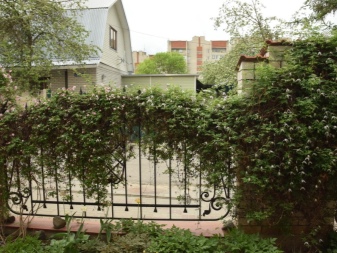

For information on how to properly plant the princes, see the next video.







































































































The comment was sent successfully.